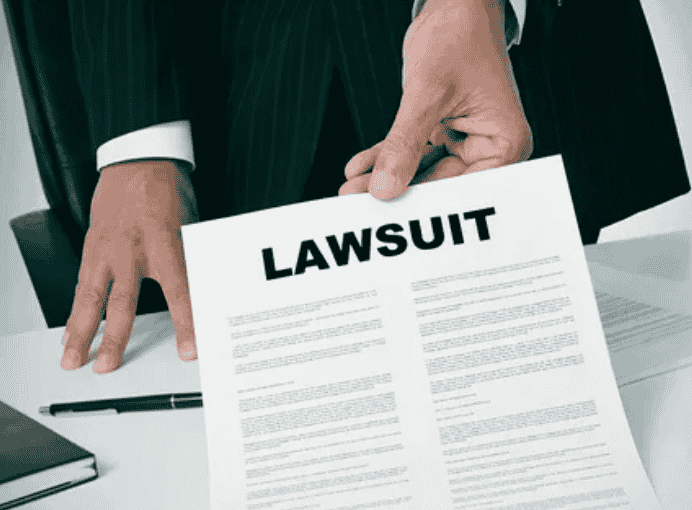Emotional distress can be a debilitating experience, often leaving victims feeling helpless and overwhelmed. Whether caused by workplace harassment, medical malpractice, or a traumatic accident, the psychological impact can be just as severe as physical injuries. But can you sue for emotional distress in the U.S.? The answer is yes—under certain conditions.
This comprehensive guide will break down the legal aspects of suing for emotional distress, including the types of claims, required proof, potential compensation, and key legal considerations.
What Is Emotional Distress?
Emotional distress refers to significant mental suffering caused by another party’s negligent, reckless, or intentional actions. Symptoms may include:
- Anxiety and depression
- Sleep disturbances
- Post-traumatic stress disorder (PTSD)
- Loss of enjoyment in daily activities
- Severe emotional trauma
Unlike physical injuries, emotional distress is intangible, making legal claims more complex. However, U.S. law recognizes emotional distress as a valid legal claim under specific circumstances.
Types of Emotional Distress Claims
There are two primary types of emotional distress claims in the U.S.:
1. Intentional Infliction of Emotional Distress (IIED)
This claim arises when someone deliberately engages in extreme or outrageous conduct that causes severe emotional harm. Examples include:
- Workplace bullying or harassment
- Defamation or false accusations
- Stalking or threats
To prove IIED, you must establish:
- The defendant acted intentionally or recklessly.
- The conduct was extreme and outrageous.
- The conduct directly caused severe emotional distress.
2. Negligent Infliction of Emotional Distress (NIED)
NIED occurs when emotional distress results from someone’s negligence rather than intentional harm. Common scenarios include:
- Witnessing a traumatic accident (e.g., a loved one’s injury)
- Medical malpractice leading to psychological trauma
- Wrongful death of a family member
NIED claims require proof that:
- The defendant owed a duty of care.
- They breached that duty through negligence.
- The negligence caused verifiable emotional distress.
Can You Sue for Emotional Distress Alone?
In most cases, emotional distress claims are tied to another legal claim (e.g., personal injury, discrimination, or wrongful death). However, some states allow standalone emotional distress lawsuits if the distress is severe and well-documented.
Key Factors Courts Consider:
- Severity of Distress: Mild anxiety or temporary sadness won’t qualify—courts look for debilitating conditions like PTSD.
- Medical Evidence: Documentation from psychologists or psychiatrists strengthens your case.
- Causation: You must prove the defendant’s actions directly caused your distress.
How to Prove Emotional Distress in Court
Since emotional distress is subjective, strong evidence is crucial. Here’s what you’ll need:
1. Medical Documentation
- Therapist or psychiatrist reports
- Diagnosis of anxiety, depression, or PTSD
- Prescribed medications
2. Witness Testimony
- Statements from family, friends, or coworkers about behavioral changes
3. Personal Records
- Journals documenting emotional struggles
- Proof of missed work or social withdrawal
4. Expert Testimony
- Mental health professionals explaining the impact of the distress
Potential Compensation for Emotional Distress
If successful, you may recover:
- Economic Damages: Therapy costs, lost wages, medical bills
- Non-Economic Damages: Pain and suffering, loss of enjoyment of life
- Punitive Damages: In cases of extreme misconduct (e.g., malicious harassment)
Compensation varies widely—some cases settle for thousands, while severe trauma cases can reach millions.
State-Specific Laws on Emotional Distress Claims
Laws differ by state, so consult a local attorney. Key variations include:
| State | Key Consideration |
|---|---|
| California | Allows standalone NIED claims if distress is severe. |
| New York | Requires physical injury or direct observation of harm for NIED. |
| Texas | Limits emotional distress claims in workplace cases. |
| Florida | Permits IIED claims but sets a high bar for “outrageous conduct.” |
Challenges in Emotional Distress Lawsuits
- Subjectivity: Unlike physical injuries, emotional harm is harder to quantify.
- Statute of Limitations: Most states require filing within 1–3 years.
- Defense Tactics: Insurers often downplay emotional distress claims.
When to Consult a Lawyer
If you’re considering an emotional distress lawsuit, consult an attorney if:
✅ Your distress severely impacts daily life.
✅ You have medical proof of psychological harm.
✅ The defendant’s actions were intentional or negligent.
A skilled lawyer can assess your case, gather evidence, and negotiate fair compensation.
Final Thoughts: Is Suing for Emotional Distress Worth It?
Emotional distress lawsuits are challenging but possible with strong evidence. If you’ve suffered due to someone else’s actions, legal action can provide justice and financial relief.
At Elvicom, we understand how overwhelming legal battles can be. If you need guidance on emotional distress claims, reach out to experienced attorneys who can fight for your rights.
Disclaimer: This article is for informational purposes only and does not constitute legal advice. Consult a qualified attorney for case-specific guidance.
Would you like assistance in finding legal representation for an emotional distress claim? uorni connects individuals with trusted lawyers nationwide—contact us today for support.



